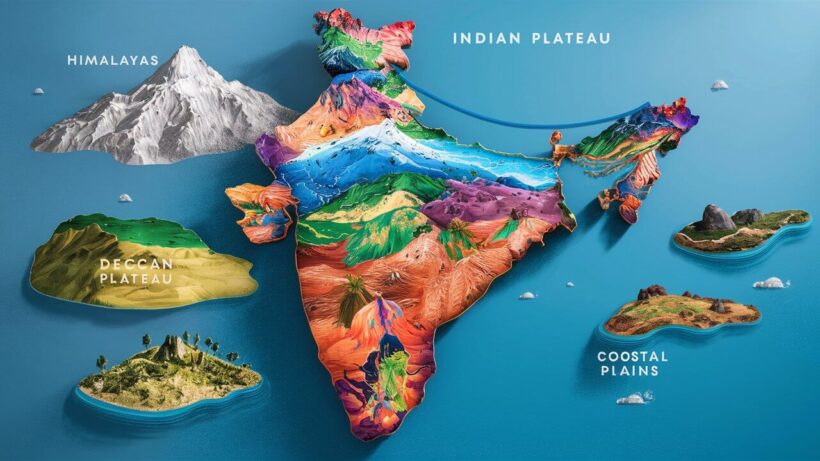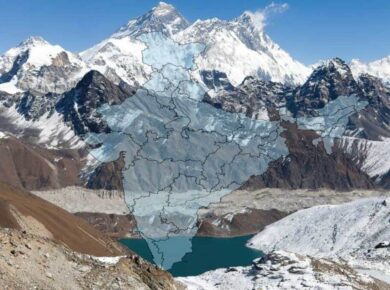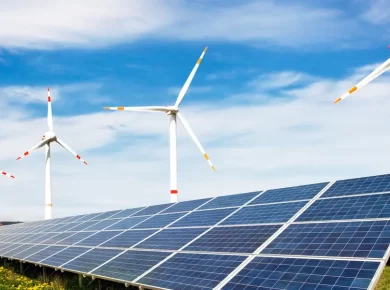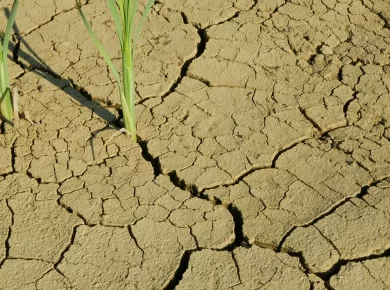India Physiography – The Northern Indian Plains
India can be divided into following physical divisions viz.
- The Northern Mountains
- The North Indian Plain
- The Peninsular Plateau
- Great Indian Desert
- The Coastal Regions
- Islands
The North Indian Plain
- Formed by depositional work of Rivers viz. Indus, Ganga & Brahamputra
- 2400 km long & varying in width from 240 to approx. 320 km.
- Divided into three sections, viz. the Punjab Plain (Indus), the Ganga Plain and the Brahmaputra Plain
| Punjab Plains | Formed by the Indus and its tributaries with major portion of this plains in Pakistan. |
| Ganga Plains | Between Ghaggar and Tista rivers (Haryana, Delhi, UP, Bihar, part of Jharkhand and West Bengal lie in the Ganga plains) |
| Brahmaputra Plains | From Tista to Dihang with major portion lying in Assam |
Also read: India Physiography – The Northern Mountains (Himalyas)
Northern plains subdivisions
Bhabhar
|
Tarai
|
Khadar
|
Bhangar
|
For more updates, explore the Geography . Feel free to share your thoughts and comments.
If you’re passionate about building a successful blogging website, check out this helpful guide at Coding Tag – How to Start a Successful Blog. It offers practical steps and expert tips to kickstart your blogging journey!










2 comments
thankyou very much to share the knowledge.
hi it is useful for me